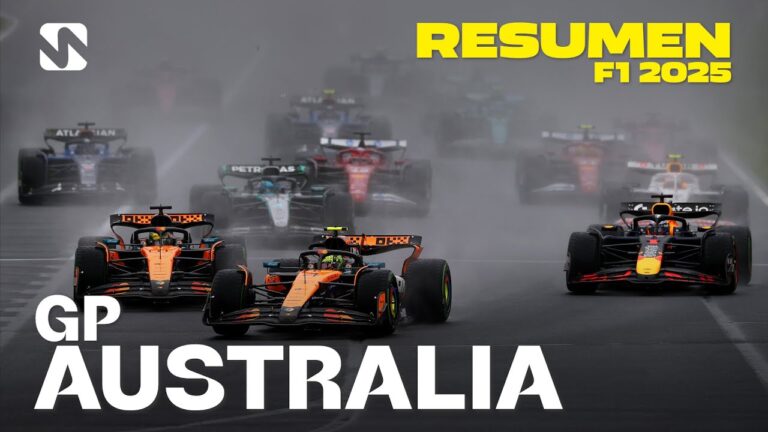Canceled time due to breach of track limits
In the world of Formula 1, respecting the track limits is essential to ensure fair and safe competition. When a driver exceeds these limits, they may face the cancellation of their recorded time, which directly influences their position in the starting grid and, consequently, the race outcome. This phenomenon not only highlights the importance of precision in driving but also showcases the rigorous regulations governing the sport, designed to maintain the integrity of the competition and the safety of all involved.
In the exciting and competitive Formula 1, adherence to track limits is crucial to ensure fairness in competition. Violating these rules can result in the cancellation of times and penalties that alter the course of the races. This article delves into how these infractions are managed within the F1 regulations and their impact on driver performance.
Understanding track limits
Track limits are defined as the areas that delineate the authorized space where drivers can compete. Generally, tracks are marked by lines at the edges, and exceeding these lines can result in a penalty. The rules regarding track limits are designed to ensure that all drivers compete on equal terms, preventing some from gaining unfair advantages by using prohibited areas of the circuit.
How violations are penalized
When a driver exceeds the track limits, various penalties may apply. First, their time may be cancelled, effectively eliminating any advantage gained during that lap. This is especially critical during qualifying sessions, where every second counts. Additionally, repeated infractions may lead to more severe penalties, such as time penalties of five or ten seconds, depending on the number of violations accumulated during an event.
Consequences in races
The impact of having a time cancelled for track limit violations can dramatically alter a driver’s position in the race. A good example can be seen in the Abu Dhabi Grand Prix, where an emerging talent was stripped of a valid lap, relegating them to an unfavorable position. This demands from drivers not only skill in driving but also a heightened sense of strategy and risk management during races.
The role of the FIA and the implementation of rules
The FIA (Fédération Internationale de l’Automobile) is the authority that establishes and oversees these regulations. In its effort to maintain fairness and integrity in competitions, it conducts regular reviews and updates to the track limits rules. Automated systems are also utilized to identify and record violations, facilitating quick and effective decision-making during competitions.
Reflections on the future of track limits
As technology advances and regulations evolve, the future of track limits regulation will likely become stricter, with an even greater focus on fairness and compliance. This trend could translate into an environment even more technical, where precision and attention to detail become even more crucial for the success of drivers.
Additional resources
- Automobile Catalytic Converter: Definition, Function, and Replacement Frequency
- Everything You Need to Know About Motorcycle Technical Inspection: Rules, Rates, and Penalties
- Road Hazards: The 7 Deadly Mistakes You Must Avoid While Driving
- Save Money and Choose the Right Vehicle: Buy a Vehicle for Scrapbooking!
- Driving License Scale: Information You Can’t Overlook
In the exciting world of Formula 1, adherence to the track limits is a fundamental aspect that can dramatically influence the outcome of a race and a driver’s aspirations. When a racer exceeds these limits during their lap, the consequences are imminent; the recorded time is automatically nullified. This rule aims to ensure fairness and safety in the competition, preventing some drivers from adopting risky tactics by driving outside the track to achieve better times.
The penalties associated with these violations can vary depending on the severity of the infraction. In addition to the nullification of the time, additional penalties, such as increased time in qualifying or positions in the starting grid, may be imposed. This not only damages a driver’s reputation but can also frustrate their efforts regarding their championship battle.
The impact of the time cancelled for exceeding track limits is felt both at the individual level for the driver and at the team level, as every second counts in their pursuit of victories. Proper management of strategies and a good understanding of the regulations can make the difference between triumph and disappointment.
In summary, track limits in Formula 1 are not mere lines drawn on the asphalt, but critical rules that maintain the integrity of the competition. Understanding their importance and the consequences of violating them is essential for any aspiring driver or fan of this thrilling sport.






